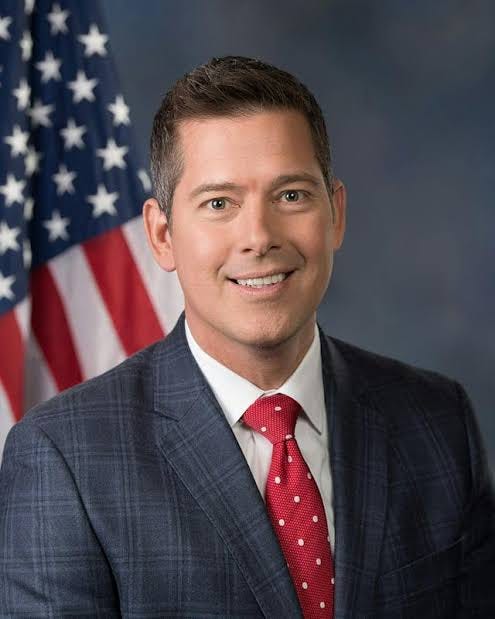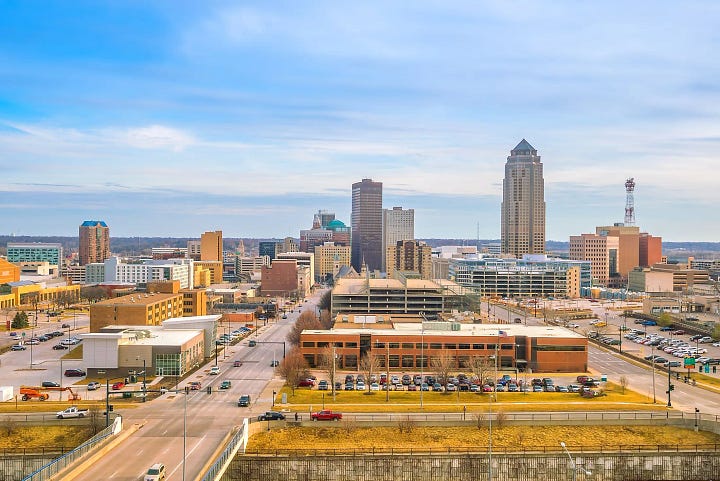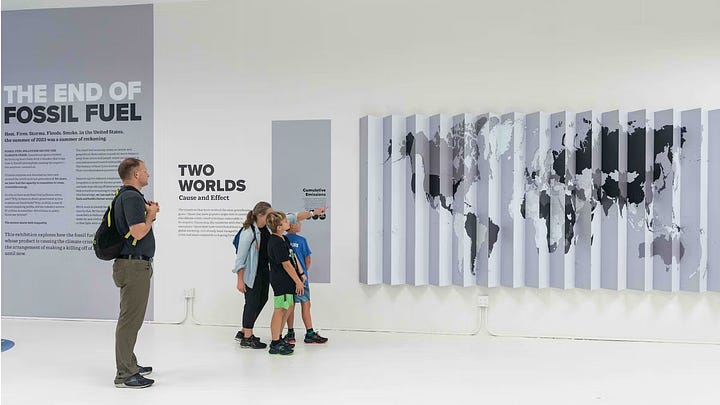Yes, a cultural vibe shift is underway. And now the 180-degree turns, whether in government, the private sector, or even among friends and family, can be pretty shocking.
But if the shift is confusing to many, who is offering some clarity? What should urban policy and practice look like in the mid-2020s? Here’s my take, in homage to Glamour magazine’s century of Do’s and Don’ts.


DON’T: Determine Transit Funding Based on Marriage and Birth Rates
While the DOT’s acknowledgement of the need to create family-friendly policy is commendable, the new Department of Transportation directive to prioritize funding for communities with above-average birth rates and marriage rates is not. As a good Urban Institute piece explains:
more densely populated, more racially diverse states with more people who take transit, walk, or bike to work would receive less funding. We find that the states that perform best on these marriage and birth rate criteria are North Dakota, South Dakota, Utah, Wyoming, and Kansas—states with some of the highest white population shares, high rates of car access, and generally higher-than-average existing transportation funding.
It’s basic common sense to focus transportation funding on areas that need infrastructure the most, and particularly where infrastructure investments will provide the most economic benefit to the country. Basing a funding formula on social demographics makes little sense.
DO: Look to Urban Utah
Utah is a state that is doing very well economically — and has high birth and marriage rates. But maybe the relationship there is more correlation than causation. The strong economy, intense focus on building housing, willingness to address climate change, growing tech sector, and access to nature all factor into the low income inequality and high quality of life in Utah’s urban regions. The Milken Economic Growth rankings came out for 2025m and Ogden, Salt Lake City, Provo and St. George all came out at or near the top of the rankings.


DON’T: Cut the city’s sustainability program
The city of Des Moines recently cut its sustainability office as the city is facing a $17 million budget shortfall. The office would have cost just $271,000 per year! Seems pennywise, pound foolish. Environmental advocates noted that not only is this shortsighted given the rising temperatures and risk of extreme weather events in Iowa, but might not even make financial sense — the sustainability office could have brought in grants and made cost-effective moves to save government money on energy bills that would have paid for the office and more.
DO: Create a climate museum as part of a mixed-use development
Founded in 2015, New York’s Climate Museum, which is the first in the country to address climate change exclusively, has long been without a permanent home. As part of a project on New York state-owned land, the Climate Museum will soon occupy a 24,000-square-foot space in a $1.35 billion mixed-use development near Hudson Yards. The project, which has been touted by YIMBYs because it is the first NYC building in 60 years with a residential FAR over 12.0, will include more than 1,300 residential units, a hotel, commercial space, a workforce nonprofit, a gym, and more.
DO consider becoming a paying subscriber! Subscriptions make this work possible and give you access to all the content below the paywall, subscriber events, 10 job listings in each post, and extra subscriber-only posts.





